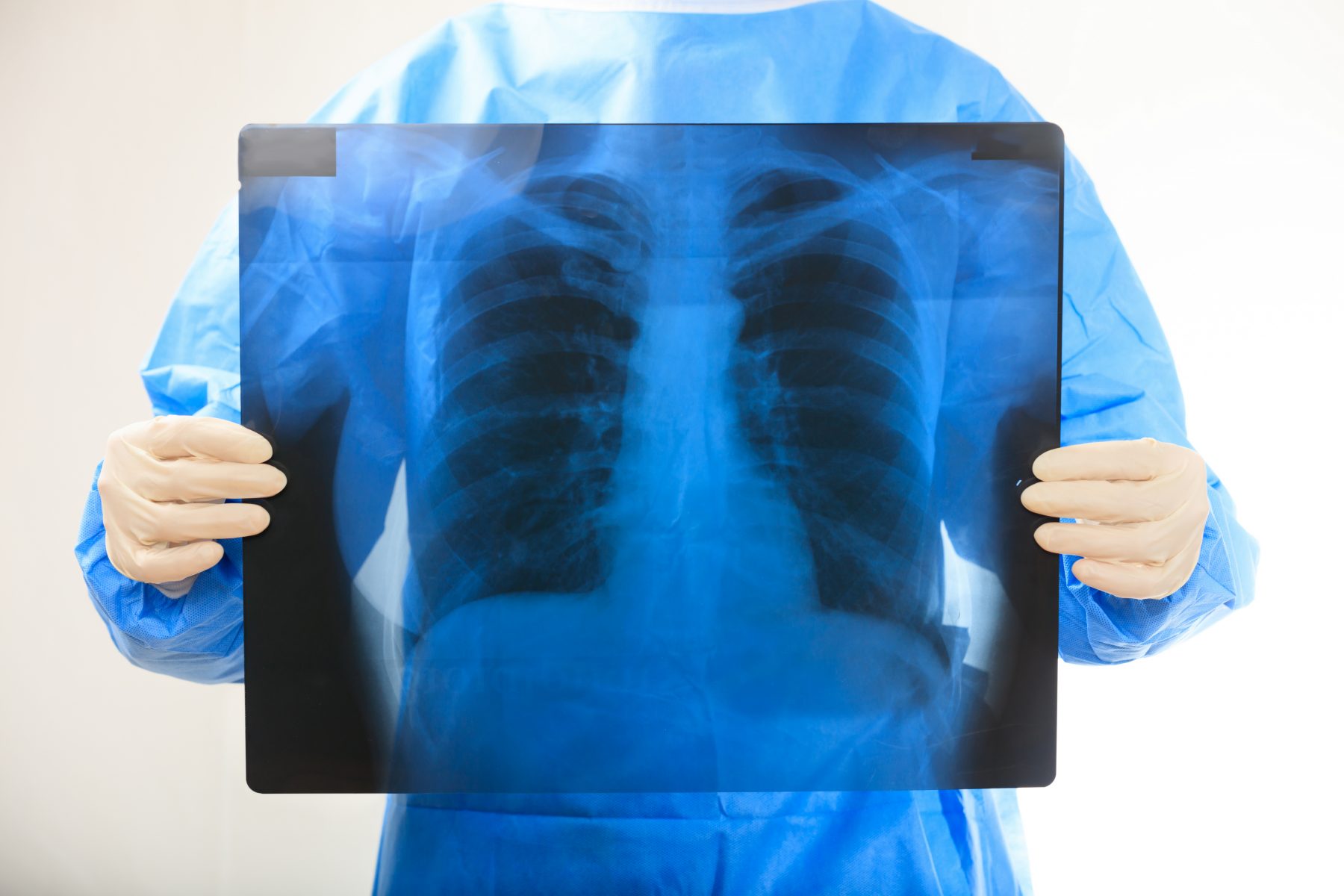
Diminished bone density is a common complication that needs much more thorough investigation.
Diminished bone mineral density (BMD) is a common medical complication of anorexia nervosa (AN). Since AN often begins in the teen years, causing bone mineral loss at a time when BMD normally rapidly increases, the long-term implications are significant.
Dr. Marwan El Ghoch, an expert in bone health and eating disorders, and his colleagues recently conducted a systematic review of the association between weight gain/weight restoration and BMD in adolescents with AN (Nutrients. 2016; 8:769). Noting that nearly 85% of females with AN have very low BMD and a 7-fold increased risk of spontaneous fractures compared to healthy controls, Dr. El Ghoch and his team conducted a systematic literature review of the association between weight gain/weight restoration and BMD in teens with AN.
Only 19 of the 1156 articles the authors initially reviewed met inclusion criteria for the study. Further, a review of these studies produced only 2 clear findings. First, weight restoration was associated with stabilization of BMD in 6 of 8 teens with AN after one year. Second, 7 studies with follow-up periods longer than a year showed the same trend to stabilization of BMD, followed by significant improvements in BMD. Only one study found that improved BMD can be achieved 30 months after weight restoration. Finally, another single study showed that teenage males with AN who remain underweight may have continued BMD loss.
The authors caution that these seemingly encouraging results must be viewed in light of the fact that weight restoration was achieved only in 9 of the 19 studies. The studies also offered varied definitions of normal weight cutoff points; for example, the cutoff points ranged from 17.5 kg/m2 to more than 19 kg/m2, and 15 of the studies were uncontrolled. And, none of the studies took into account the rate of weight gain or specific eating disorder behaviors than might have had an effect on BMD gain and weight restoration.
Still needed: guidelines for management of bone loss in teens
This represents a large body of work, but the authors point out that much more research is needed. For example, there is a need for full clarity on the extent of repair of bone that can occur with weight restoration. And, when BMD is not adequately restored with weight gain, adequate treatment is needed. Finally, much more research may help clarify how the existing findings about weight gain and bone health applies to teenage males with AN.

